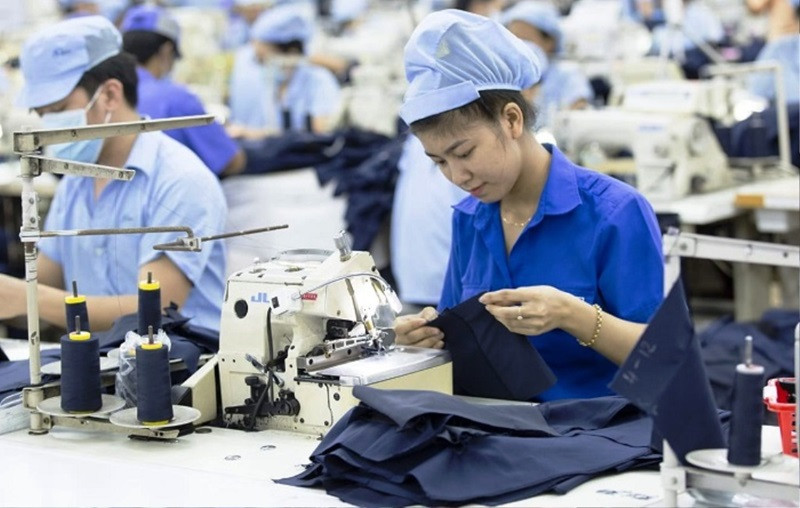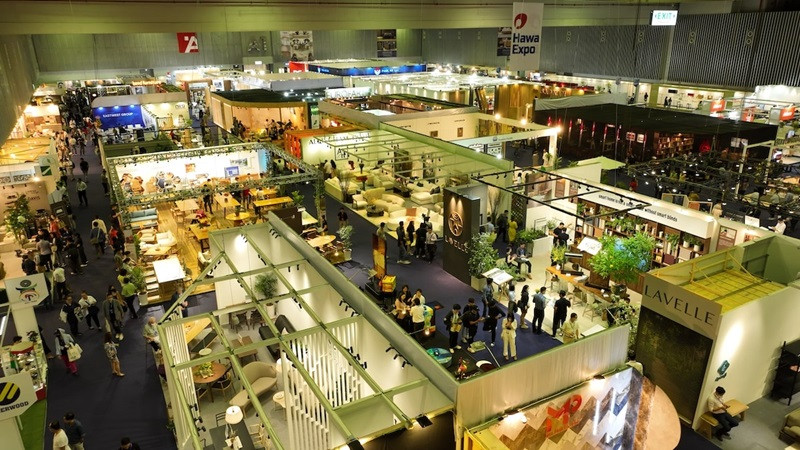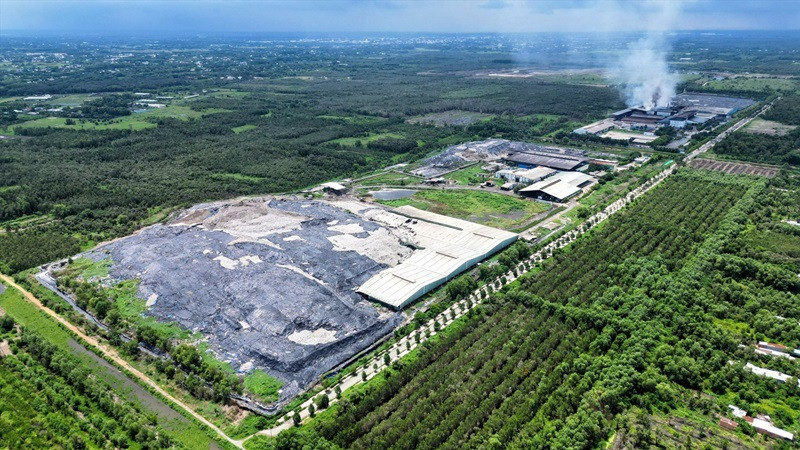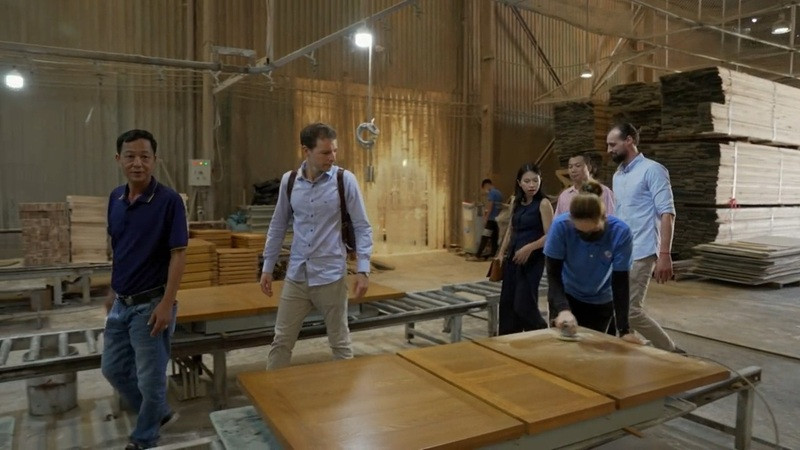China’s long-standing position as the world’s manufacturing hub is evolving. Businesses are increasingly looking to diversify their sourcing strategies to build more resilient supply chains.
Vietnam has emerged as a compelling “China Plus One” destination, offering a unique blend of advantages that can benefit businesses of all sizes.
Vietnam: Why It’s a Rising Alternative to China
- Cost Competitiveness: The Key to Lowering Your Production Expenses Vietnam’s significantly lower labor costs compared to China are a major draw for businesses seeking to cut production expenses. To illustrate this, provide industry-specific comparisons of average wages between the two countries. Additionally, highlight favorable tax structures and incentives offered by the Vietnamese government to foreign businesses. These combined factors can significantly improve your profitability and cost margins.
- Proximity to China: Maintaining Continuity and Simplifying Logistics Vietnam’s geographical closeness to China offers a strategic advantage. Companies can maintain a regional focus for their Asian supply chains, minimizing disruptions and easing the transition from a China-centric model. This proximity can reduce shipping costs, streamline communication, and facilitate the integration of Vietnamese suppliers into existing networks.
- Skilled and Growing Workforce: A Boon for Manufacturing Needs Vietnam’s young and dynamic population is a major asset. The country is experiencing a demographic dividend, with a large working-age population eager to enter the workforce. Furthermore, the Vietnamese government prioritizes education and vocational training programs, ensuring a steady stream of skilled workers prepared for manufacturing roles. Highlight specific government initiatives or industries where focused training is occurring.
- Upgraded Infrastructure: The Foundation for Efficient Operations While challenges remain, Vietnam has made significant strides in infrastructure development. Ongoing investments in ports, airports, highways, and power grids are improving connectivity and reliability. These enhancements directly translate to faster and more cost-effective movement of goods, boosting the appeal of Vietnam as a sourcing destination.
- Welcoming Business Environment: Government Support for Foreign Investment The Vietnamese government actively courts foreign investment with policies designed to create a welcoming business climate. Outline specific tax breaks, streamlined regulatory processes, and the development of special economic zones that offer additional incentives. This proactive approach signals to businesses that Vietnam is committed to attracting and supporting their operations.
- Market Access through Trade Agreements: Expanding Your Reach Vietnam’s participation in free trade agreements, notably the Comprehensive and Progressive Agreement for Trans-Pacific Partnership (CPTPP), provides companies with preferential access to a vast network of markets. Reduced tariffs and trade barriers within these trade blocs can open new opportunities for expansion and revenue growth for businesses sourcing from Vietnam.
Strategic Implementation Steps

Finding the Right Suppliers: Your Search Strategies
1. Online Marketplaces
- Online marketplaces like Alibaba, Global Sources offer a vast pool of potential suppliers. However, a critical approach is essential. Analyze each platform’s strengths and weaknesses.
- Narrow down options by product category, supplier location (focusing on relevant Vietnamese regions), certifications (if applicable), and minimum order quantities (MOQs) to match your production needs.
2. Trade Shows & Exhibitions
- Vietnam-Focused Events: Industry-specific trade shows held within Vietnam offer valuable opportunities to meet suppliers and examine products firsthand.
- International Shows: Don’t overlook international exhibitions where Vietnamese manufacturers exhibit collectively.

3. Leveraging Referrals
- Referrals often come with pre-vetting and insights into a supplier’s track record, reliability, and strengths.
- Tap into industry networks to gain first-hand information about a recommended supplier’s strengths, potential weaknesses, and overall suitability for your specific needs.
Additional Strategies
Partnering with a reputable sourcing agent based like Nordcham can offer a more personalized approach. They can identify suppliers that precisely align with your requirements, conduct on-site visits and quality checks, and navigate cultural nuances to facilitate communication and negotiation.
Some countries, including Vietnam, offer online directories and trade associations with verified exporters through their trade ministries or export promotion agencies. While not an exhaustive search method, these directories can be a starting point for your research.
Due Diligence to Protect Your Interests
Visiting a factory in person can dramatically clarify your understanding of a supplier’s capabilities for due diligence matters. A thorough checklist for site visits should include assessments of production capacity to ensure the factory can handle your order volumes; this involves examining machinery, the number of production lines, and lead times. Quality standards are equally crucial; observing the production processes firsthand allows you to check if they meet your expectations and to spot any active quality control measures.
Vetting a supplier extends beyond physical site inspections to include checking references and gathering client testimonials. This step can reveal a supplier’s performance consistency and their capacity to handle various client needs.
For a more in-depth analysis, third-party audits are invaluable, particularly when dealing with high-value or critical components, entering a new industry with specific regulatory demands, or if initial assessments and reference checks suggest potential issues. These audits can vary from social compliance audits—which assess adherence to labor laws and ethical standards—to factory capability audits, which evaluate overall production efficiency and technical capabilities. Product-specific audits are also crucial, ensuring that products meet required technical standards or certifications.
Building Relationships for Effective Strategies
When implementing a China Plus One strategy for supply chain diversification, open communication is paramount. Investing in professional translators for both verbal exchanges and written documents, such as technical specifications and contracts, minimizes the risk of costly misunderstandings. Setting clear expectations from the outset is also crucial; this can be achieved through detailed Requests for Quotation (RFQs), purchase orders, and other essential documentation. This clarity not only streamlines processes but also significantly reduces the likelihood of expensive reworks or disputes.

Understanding and respecting cultural nuances plays a critical role in building robust and respectful business relationships, especially when expanding into new markets like Vietnam. For instance, the business etiquette in many Asian cultures, including Vietnam, often involves a more indirect approach to negotiating compared to the directness favored in Western contexts. Recognizing the importance of hierarchy and the concept of “face” can prevent potential conflicts and foster a climate of mutual respect. Demonstrating cultural sensitivity is not just about adhering to social norms but also about laying a solid foundation for long-term partnerships.
Lastly, viewing relationships with suppliers as partnerships rather than mere transactional interactions can encourage a deeper commitment to quality and flexibility. This perspective is crucial when navigating the complexities of international logistics, where partnering with a knowledgeable freight forwarder can prove invaluable. They manage intricate details such as container bookings, customs documentation, and optimizing shipping routes, which are critical for maintaining smooth operations. By understanding common shipping terms and ensuring accurate documentation, businesses can avoid disruptions and foster a resilient, diversified supply chain within Vietnam, safeguarding against localized disruptions, production bottlenecks, and supplier insolvency.



